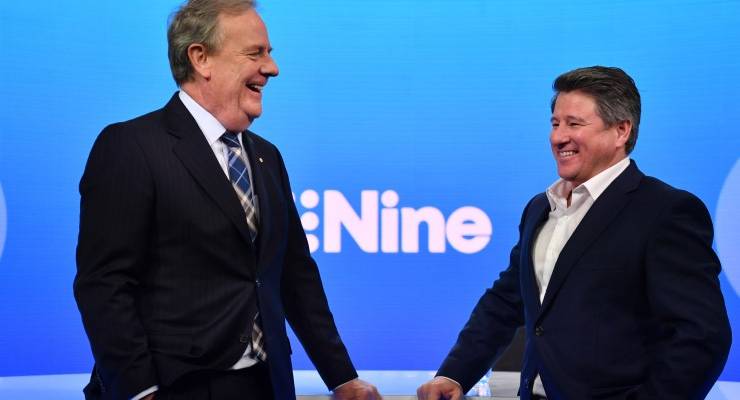
Nine’s Fairfax newspapers are doing what not so long ago seemed unfashionable, if not outright undoable — they are in the market for journalists. How come?
The reason for this modest interest in expansion can be gleaned from Nine’s annual accounts this week, which show the publishing business reported, at $117 million, its highest operating profit in the year to June 30 since the Nine-Fairfax merger three years ago.
Thanks to an estimated $30-40 million from Google and Facebook news industry deals, the result is expected to get better this coming year.
Nine’s publishing business now enjoys the company’s second-highest profit margin, at 23%, after Nine’s free-to-air TV business (24%). Publishing’s margin is almost double that of Stan — just over 12% — while radio had a margin of just 9%.
The radio division took a $62 million loss from the writing down of the value of the business. Nine took control in a takeover valued at $114 million in 2019 but, seeing it owned 54% before the bid, only paid out around $58 million to the likes of Alan Jones, investor Mark Carnegie and his mate John Singleton. The write down means all that money has been lost, and a bit more.
The new dawn at Fairfax’s publishing business came at the end of a rough year for all media. Cost-cutting as usual was the most important factor in the business, limiting the damage from COVID and the sharp slowdown in advertising and newsstand sales.
Revenues fell 3% (to $504 million) and costs dropped to $287 million from $327 million. Gerry Harvey’s continuing Harvey Norman advertising splurge across all Nine papers went unremarked upon, as it did at News Corp earlier this month in its annual report.
Nine’s publishing division includes the core Metro Media business (AFR, SMH and The Age, as well as the Sun-Herald and Sunday Age and weekend edition of the AFR) , as well as nine.com.au, Pedestrian Group and Drive.
Publishing reported a combined earnings before interest tax depreciation and amortisation of $117 million, which was up 28% on 2019-20. That was better than the US$52 million (or A$72 million) of earnings before interest, tax depreciation and amortisation for News Corp’s News Media division as reported in News Corp’s 2020-21 annual accounts. That figure includes the Australian and UK papers.
Of that $40 million in cuts, Nine said more than half related to production and distribution, driven both by reduced print volumes and Nine’s revised printing arrangements: “Other costs were also tightly managed, in the context of ongoing challenging conditions in print.”
Nine said the papers saw a near 20% growth in digital subscription and licensing revenue in 2020-21 before any contribution from the recently concluded deals with Google and Facebook, which kick in from this quarter.
While print subscription revenues were flat, retail sales of the papers slumped 18% because of the lockdowns and work from home rules, as well as the slashing of airline travel.








So the Government gives Harvey Norman millions in Jobkeeper which he refuses to give back. Instead he spends a fortune on 6 full page ads for his products in the print copy of The Age and possibly also the SMH. This happened for weeks on end. Must have cost a fortune.. These 2 newspapers are run by the Liberal Party. Win, win all around, except for the taxpayer.
Hardly Normal actually makes money from the advertising placements. The various brands advertised pay for the ads resulting in a surplus for HN. Win win is correct. The only loser is the eventual customer who pays for marketing the product. HN profits from JobKeeper and the advertising. What a root!
That’s rort!